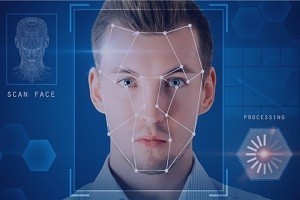Self-exclusion facial recognition technology for problem gamblers
 Problem gamblers could soon “opt-in” to having their faces scanned by facial recognition software, in order to keep them out of some Canberra clubs.
Problem gamblers could soon “opt-in” to having their faces scanned by facial recognition software, in order to keep them out of some Canberra clubs.
The proposal from ClubsACT would see several venues trial a system, developed by New Zealand-based company COMS Systems Limited.
The technology alerts staff to patrons who have registered themselves for a database if they enter the poker machine or gambling area of a venue.
According to COMS Systems, the technology has already been rolled out in some pubs and clubs in South Australia, and about 170 venues in New Zealand.
ClubsACT Chief Executive Craig Shannon said the system differed from controversial facial recognition technology used by Kmart and Bunnings, which is currently the subject of a privacy watchdog investigation.
“The system is based around the idea that an individual who chooses to self-exclude from a club, who is already part of the self-exclusion regime, would be photographed if they went into a gambling area only,” Mr Shannon said.
Technology takes the human error out
In South Australia, gaming venues authorised to operate 30 or more poker machines must have approved facial recognition technology installed to identify people who have been barred from gaming areas.
Australian National University Centre for Gambling Research director Aino Suomi said there was not a lot of published data about the use of facial recognition technology to prevent gambling issues in Australia. But she said there had been some promising results.
“We’ve heard from our South Australian colleagues that this automated identification of gamblers who have self-excluded or been venue-excluded has proven to be effective,” Dr Suomi said.
“In the ACT we have had self-exclusion in place for a number of years. This would just be adding another automated process.
“Currently in the ACT if you want to self-exclude – you sign a deed and provide a photo – and you can do this from six months to 36-months and self-exclude from multiple venues.
“I think the use of technology takes the human error out.”
But Dr Suomi said there needed to be mechanisms in place to support people who had self-excluded if they were identified by the system.
“You still have to have a human response,” she said.
“If [self-excluded people] then want to access venues, what do the venues do?
“How do they support these people who are likely to be in crisis?”
The Attorney-General is currently awaiting a briefing from the ACT’s Justice and Community Safety directorate about broader issues regarding facial recognition technology.
Mr Shannon said the system had been installed in several clubs already, but was inactive, and if ClubsACT was given the go-ahead by the government, they could begin the trial within a matter of weeks.
Sourse: Facial recognition systems






























Leave your commentary